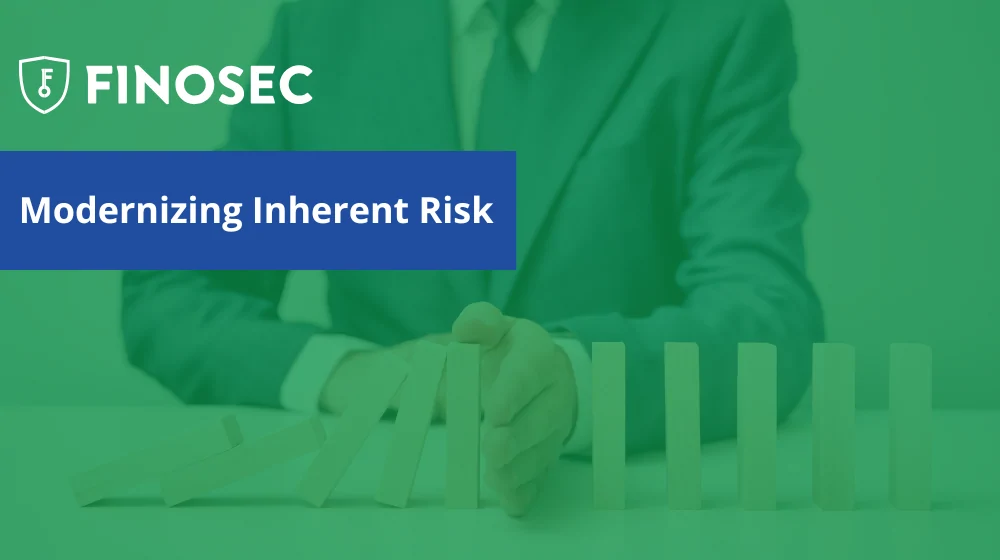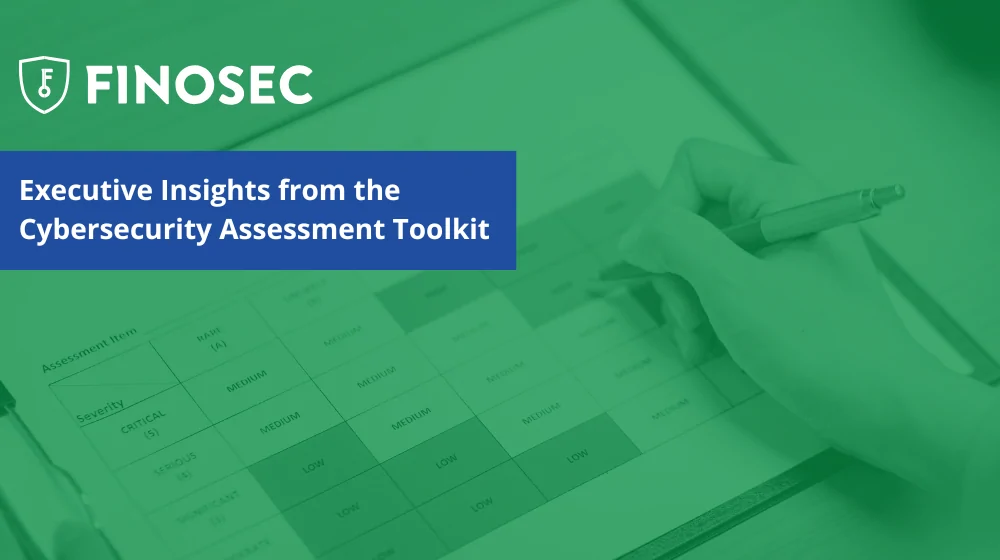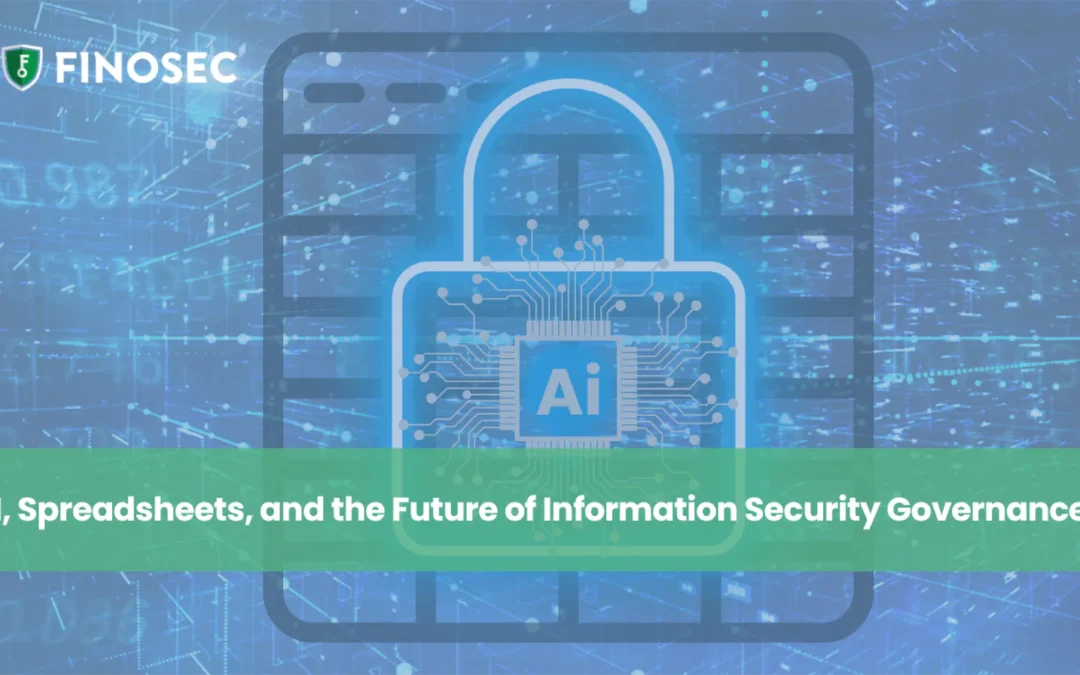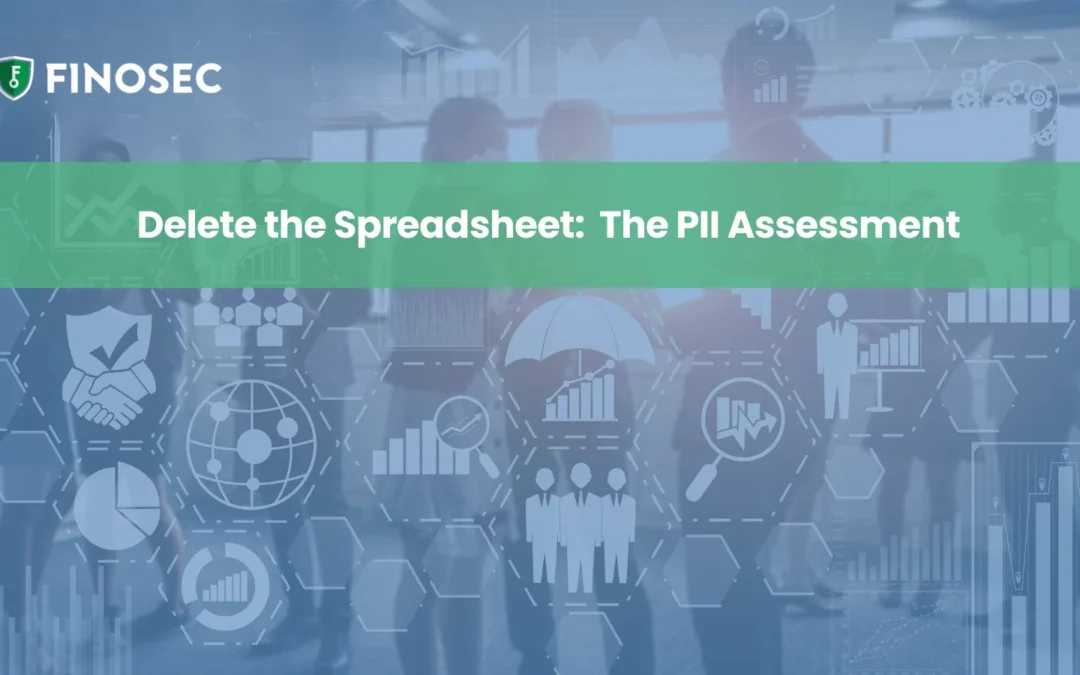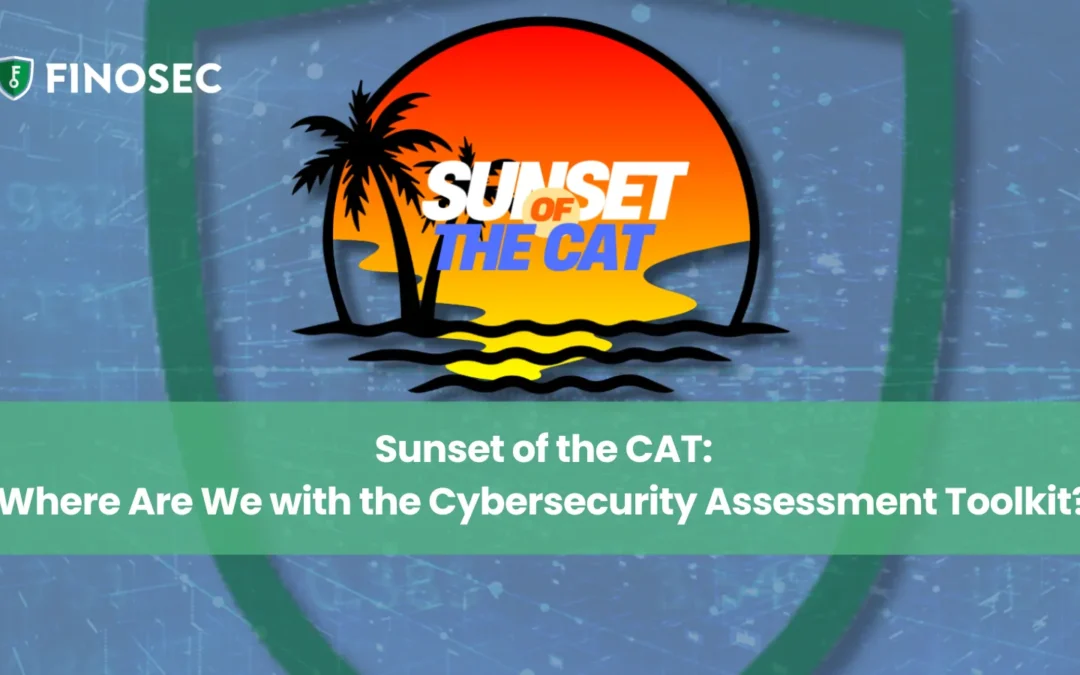ISO Independence
A vital component of your information security program is an information security officer that is independent and adhering to appropriate segregation of duties as outlined by regulatory expectations.
The FFIEC Information Security Handbook states: “Information security officers should report directly to the board or senior management and have sufficient authority, stature within the organization, knowledge, background, training, and independence to perform their assigned tasks. To ensure appropriate segregation of duties, the information security officers should be independent of the IT operations staff and should not report to IT operations management.” Obviously, the ISO should have knowledge and experience in these areas, but their authority and operations should be independent of the IT operations staff and management. This ensures that there is never any conflict of interest, and that the “responsibility for making changes and granting exceptions to policy [is] segregated from the enforcement of the controls.” However, in a smaller financial institution where staff wear multiple hats, this can be easier said than done.
Two Strategies
We often see two strategies when it comes to ensuring ISO independence at an institution.
- A team member who is intrinsically independent from IT staff is assigned the role of ISO. Therefore, it is often the case that this team member doesn’t have technology or cybersecurity expertise, resulting in a gap when it comes to implementing best practices. Also, this responsibility may very well fall to a senior level manager whose highest value activities for the institution as a whole are strategy and management, with time constraints naturally causing less emphasis to be placed on cybersecurity and information security practices.
- We also see the institution put processes in place to support and uphold the independence of the ISO with reporting and documentation, ensuring that independence is maintained and protected.
Tools and Support
Multiple FINOSEC team members were previously ISOs, and have felt the tension of maintaining that independence. Out of that tension and difficulty, they have created the Governance Automation Platform. This platform can help the ISO grow and simplify the steps for those who are still learning the ropes. Alternatively, even if the ISO is more seasoned and familiar with the difficulties, this platform can come alongside your institution and help you provide oversight reporting and documentation that empower you to master ISO independence as well as increase and validate your exam readiness.
Key Questions
Whether you are just getting started on this path or are reevaluating your effectiveness down the road, here are some key questions to ask:
- Is my ISO independent? Why or why not? How can we address this requirement?
- Do I have senior level staff members managing tasks in information security that are manual and time consuming? What tools or support do they need to address this?
- What reporting do we have to validate independence?
If you would like learn more about how FINOSEC can come alongside your institution to help increase and protect ISO independence, schedule a call by clicking the link below:

